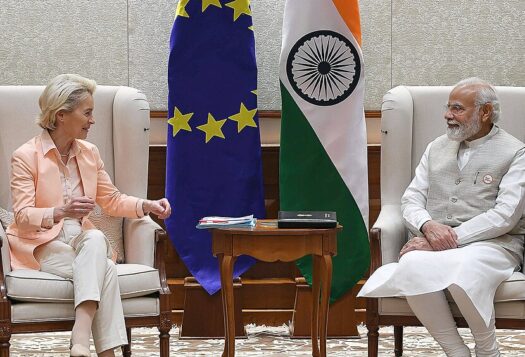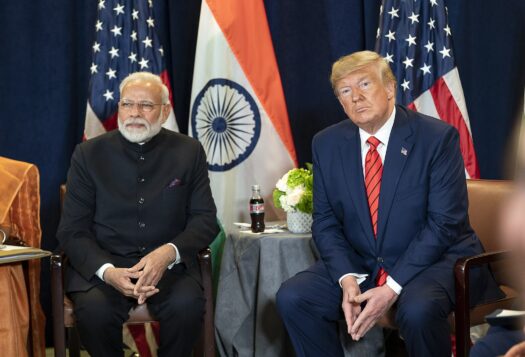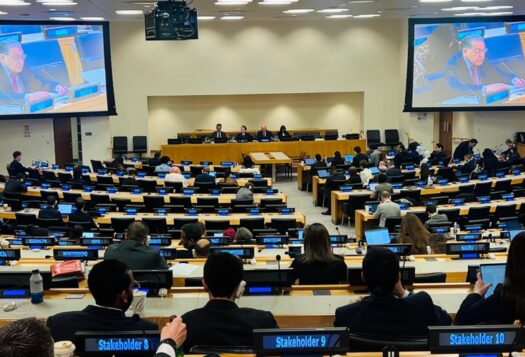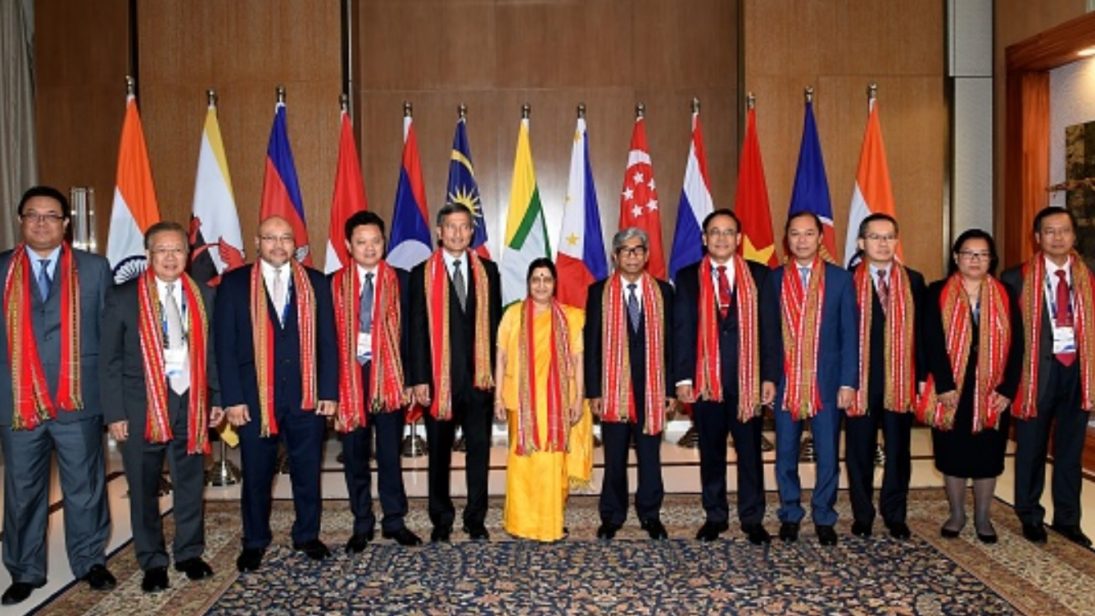
Freedom of navigation on the seas has been historically important for India, given its geography and the fact that its culture and society have been shaped by the maritime interflow of people and goods between the Indian coast and those of countries in Asia and Africa. In the current epoch of international relations, India’s engagement with the Association of Southeast Nations (ASEAN) forms an integral part of India’s vision of an open, inclusive, and rules-based security architecture in the Indo-Pacific region where disputes are resolved through dialogue and not the unilateral use of force. This commitment to the relationship was on display at the recently-held Delhi Dialogue, a Track 1.5 discussion aimed at enhancing politico-economic, security, and socio-cultural ties between India and ASEAN. India’s push for closer ties with ASEAN goes back to the early 1990s but now more than ever is the time to consolidate this relationship with the shadow of an aggressive China looming over the region. India and ASEAN must address the economic challenges their partnership has faced, not least the delay in connectivity projects and an imbalance in trade tilted in ASEAN’s favor, as well as increase engagement to balance against a rising China.
From Look East to Act East
India’s substantive engagement with ASEAN began in the form of the Look East Policy, unveiled by then Prime Minister Narasimha Rao in 1992 during a speech in Singapore. With India’s focus on liberalizing its economy in the early 1990s, the Look East policy encompassed opening up to Southeast Asia, mainly to benefit from the region’s fast-growing economies. As part of Look East, India slowly began dialogue with ASEAN, first as a sectoral partner in 1992 and then expanding to a full dialogue partner in 1996. The first India-ASEAN summit took place in 2002, with a view to fostering closer economic cooperation and working towards regional peace and stability. Realizing the potential benefits of strengthening their economic linkages and integration, India and ASEAN began negotiating a free trade agreement in goods, services, and investment in 2003.
While traditionally the basis of India-ASEAN ties has been trade and people-to-people ties due to shared historical and cultural roots, a more recent and urgent area of convergence has been balancing China’s rise. Both India and ASEAN aim to establish a rules-based security architecture for peaceful development in the region, in contrast to China’s aggressive policies. Like India, several ASEAN members such as Vietnam, the Philippines, Malaysia, and Brunei have territorial disputes with China, and though it is oft repeated at India-ASEAN meetings that engagement is not intended against any particular country, the fact remains that the China factor does form an important component of the relationship.
Largely in response to this China factor, the National Democratic Alliance government that came to power in India in 2014 reinvigorated the Look East policy into Act East, with a more strategic outlook than its previous incarnation, focusing on engagement not just with Southeast Asian countries but also those in the Pacific. The main focus of the Act East policy is on enhancing connectivity between India and South East Asia, through linkages between India’s northeastern region and countries like Thailand, Myanmar, and Vietnam. New Delhi has signed an agreement to construct an approximately 1,400-km trilateral highway connecting India, Myanmar, and Thailand and has begun constructing a road linking the Indian state of Mizoram with the Sittwe port in Myanamar through the Kaladan Multimodal Transit Transport Project. Plans for a railway link between New Delhi in India to Hanoi in Vietnam are also on the anvil.
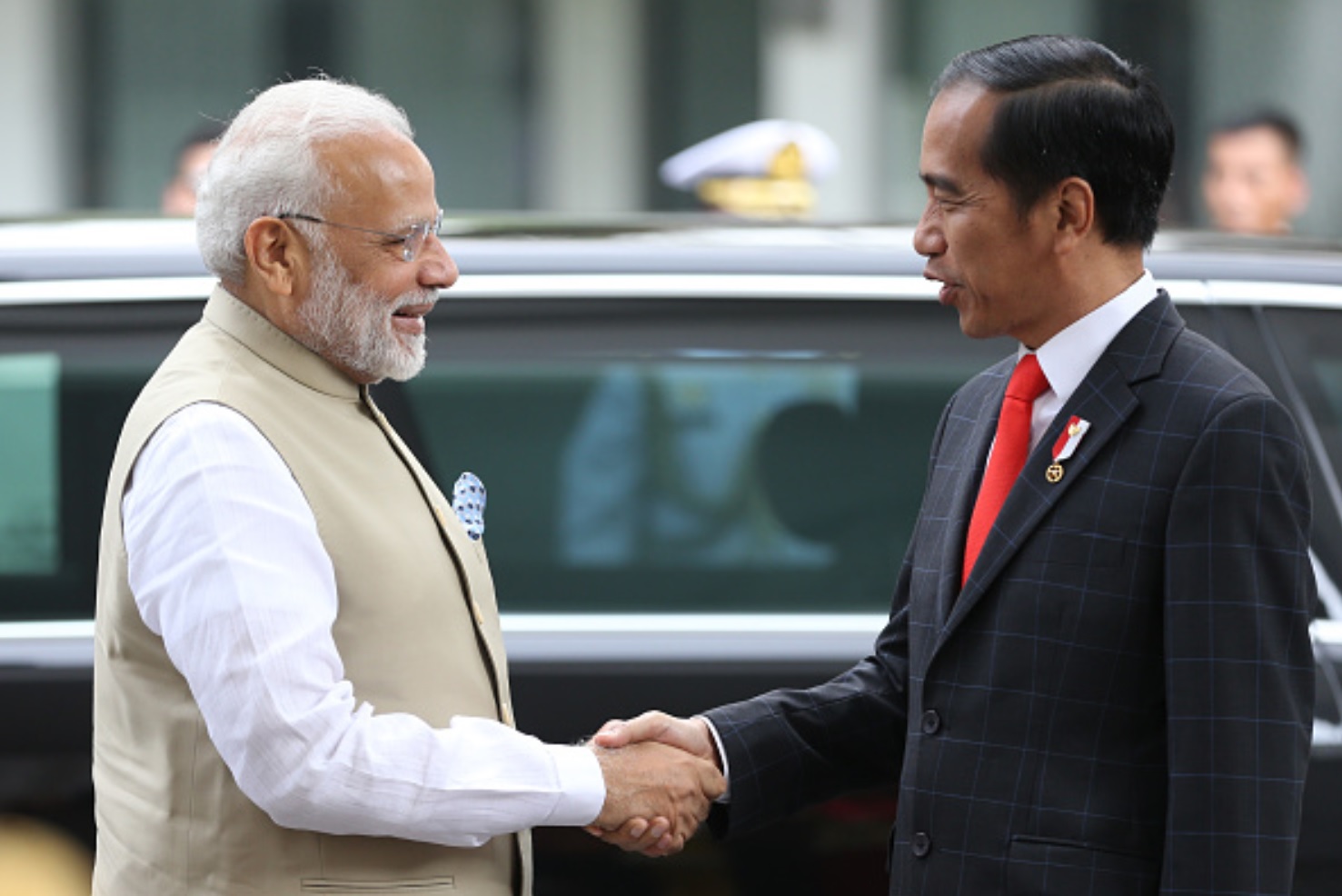
The other key area of Act East is maritime engagement in the Indo-Pacific. India is taking strides to ramp up its cooperation with ASEAN countries in this area, especially through a series of bilateral and multilateral naval exercises. In May this year, during Indian Prime Minister Narendra Modi’s visit to Indonesia, the two countries discussed enhancing maritime cooperation in the Indo-Pacific and their navies held their first bilateral exercise, in the Java Sea, this June. In another first, India and Vietnam held a joint naval exercise in May. Modi also announced during the recent Shangri La dialogue that India plans to hold a new trilateral naval exercise with Thailand and Singapore. In addition, India is exploring the possibility of developing the strategically-located Sabang port in Indonesia and also trying to establish a Maritime Transportation Agreement with ASEAN, seemingly in response to China’s connectivity projects in the region as part of the Belt and Road Initiative.
What’s Holding the India-ASEAN Partnership Back?
Though the Act East policy has helped establish India as an important player in Southeast Asia and a partner to ASEAN, several critical objectives have yet to be met. A key issue has been the long delay in completion of connectivity projects—for instance, the trilateral India-Myanmar-Thailand (IMT) highway, one of India’s flagship connectivity projects with ASEAN, was expected to be finished in 2016 but will likely not be ready before 2020 due to bureaucratic and procedural issues on the Indian side. In the case of the Kaladan project, while a major portion of the construction is over, the road between Paletwa and Zorinpui is behind schedule due to implementation issues on the Indian side and a delay in clearances by Myanmar. Such delays in completion of infrastructure projects aimed at increasing connectivity hamper potential for better trade between India and ASEAN as well as impact the energy and momentum to take ties forward.
Another thorny issue has been the trade imbalance between India and ASEAN, which remains skewed in ASEAN’s favor. India’s trade deficit with ASEAN increased from a mere USD$0.5 billion in 2005-2006 to USD$14.6 billion in 2015-2016. Indian lawmakers have expressed concern that despite trade agreements between India and ASEAN, India has not received sufficient market access, facing steep import tariffs. Besides the free trade agreement on goods in 2009, India and ASEAN had also signed a trade pact on services and investment in September 2014. However, out of the 10 ASEAN countries, two, namely Indonesia and Cambodia, are yet to ratify it.
The biggest challenge has been the limits that the threat of China places on India-ASEAN cooperation. China is the largest trading partner for both India and ASEAN. In terms of military capabilities too, China is better equipped than either ASEAN or India. This trade dependency on China as well as its military superiority has led to an approach of cautious engagement, largely on ASEAN’s part but often on India’s too. It is a delicate balance for these countries between securing their own national interests while not offending the dragon at the same time.
ASEAN Centrality in India’s Act East
With an aggressive China frequently displaying the intention as well as capability to challenge India, as seen in the Doklam standoff, it is pertinent that India find more like-minded nations interested in working together to protect regional peace and stability. In this context, ASEAN fits the bill perfectly. ASEAN can also spur rapid growth of India’s underdeveloped northeastern region if linkages that enable movement of people and goods could be established quickly. But in order to do that, India must focus on speeding up connectivity projects and addressing its uneven balance of trade with ASEAN nations. These steps would go far in establishing a reliable and enduring relationship with ASEAN while also enabling India to achieve its domestic and foreign policy goals.
***
Image 1: Money Sharma/AFP via Getty Images
Image 2: Dita Alangkara/AFP via Getty Images
